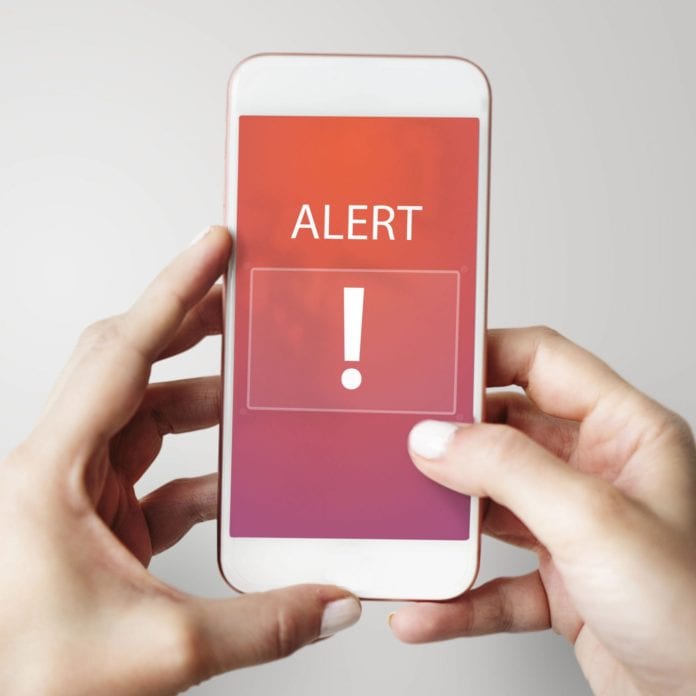First national test of presidential alerts to mobile phones to be conducted this week
A new emergency alert category will be tested nationally for the first time this week.
The Federal Emergency Management Agency and the Federal Communications Commission will conduct the first national test of a new emergency alert category on Thursday: presidential alerts, which enable the president to directly send communications to any wireless phone which is turned on, in range of a tower and can receive emergency alerts.
The first test message will be sent on Thursday afternoon; cell towers will broadcast the Wireless Emergency Alert signal for about 30 minutes, starting at 2:18 p.m. EDT — although this could be changed to Oct. 3rd if the agencies determine that a major weather event (such as the ongoing flooding and damage from Hurricane Florence) means that the test should be postponed.
This will be the fourth test of the nationwide Emergency Alert System for radio and television broadcasters, FEMA noted, and the first national test of the WEA system. The test “will assess the operational readiness of the infrastructure for distribution of a national message and determine whether improvements are needed,” according to FEMA.
Three categories of alerts sent through the Wireless Emergency Alert system: imminent threat alerts about emergencies such as severe weather; Amber alerts involving missing children; and the new presidential alerts, which concern “emergencies of national consequence.” Users can opt out of the first two categories, but not the third.
The test message will consist of a header that identifies it as a “presidential alert”, with text that identifies the message as a test of the system with no action required. The same tone and vibration will be used as with other WEA alerts.
“Presidential Alerts are to be used during a national emergency, though none have been sent to date,” FEMA noted. The agency went on to add that while it is responsible for national-level tests of WEA and the Emergency Alert System, the president has sole responsibility for determining when the national-level EAS will be activated.

